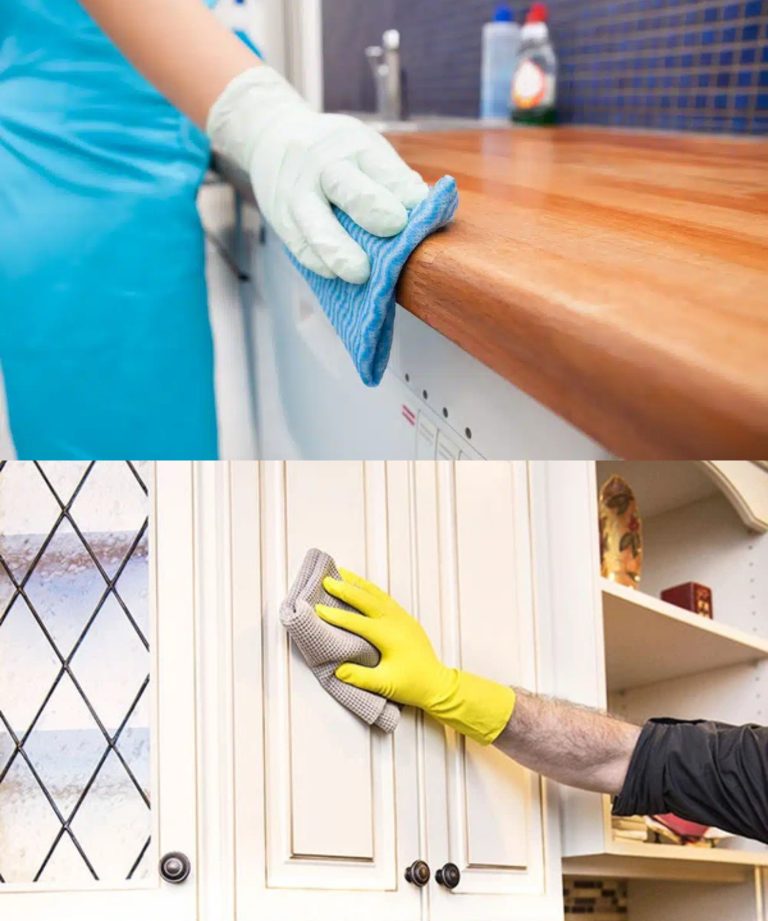ADVERTISEMENT
**Add It to the Water and Wash the Cabinets: The Fat is Lost Without Having to Be Scrubbed**
Cleaning is an essential part of maintaining a healthy and pleasant living space, especially in the kitchen. Kitchens are a central hub in any home, where meals are prepared, memories are made, and families gather. But with cooking comes inevitable mess—grease, spills, and splatters. Over time, these messes accumulate on surfaces such as kitchen cabinets, leaving behind a grimy buildup of cooking oils and food residues. This can make cabinets look dull and dirty, and if left unchecked, these stains can become difficult to remove.
However, there’s a clever and easy way to tackle the greasy buildup on your kitchen cabinets—without the need for hours of scrubbing. The secret? A simple addition to your cleaning water. When added to warm water, this ingredient can break down grease and fat, helping you clean your cabinets effortlessly, leaving them looking fresh and restored. This method eliminates the need for excessive scrubbing and harsh chemicals, making it a great solution for those who want a more natural, efficient, and eco-friendly cleaning method.
In this article, we’ll explore the science behind this simple cleaning trick, how to use it effectively to clean your cabinets, and why it’s a go-to method that has helped homeowners and cleaning enthusiasts alike. If you’re ready to learn how to clean your kitchen cabinets in a way that saves you time, energy, and effort, then this article is for you.
## Understanding the Problem: Why Grease and Fat Buildup on Cabinets is a Common Issue
Before we dive into the solution, it’s important to understand why kitchen cabinets accumulate grease and fat in the first place. The kitchen is one of the busiest areas of the home, where food is prepared, cooked, and stored. The process of cooking often involves oils, fats, and butter that splatter and spray onto surrounding surfaces, including the cabinets. Over time, this buildup can become stubborn, requiring a more thorough cleaning process.
Here are a few key factors that contribute to grease buildup on kitchen cabinets:
### 1. **Cooking Oils and Fats**
Whether you’re sautéing, frying, or roasting, oils and fats are often an essential part of cooking. As food cooks, these oils and fats can splatter onto nearby surfaces, especially if you’re using a stove or oven. If not cleaned up immediately, the grease can harden and accumulate, forming a sticky residue on your cabinets.
### 2. **Food Residue and Spills**
While oils and fats are the main culprits, food spills and crumbs can also contribute to the grime buildup. Sauces, soups, or other liquid foods that splatter during cooking can mix with the grease on your cabinets, making it more challenging to clean.
For Complete Cooking STEPS Please Head On Over To Next Page Or Open button (>) and don’t forget to SHARE with your Facebook friends
